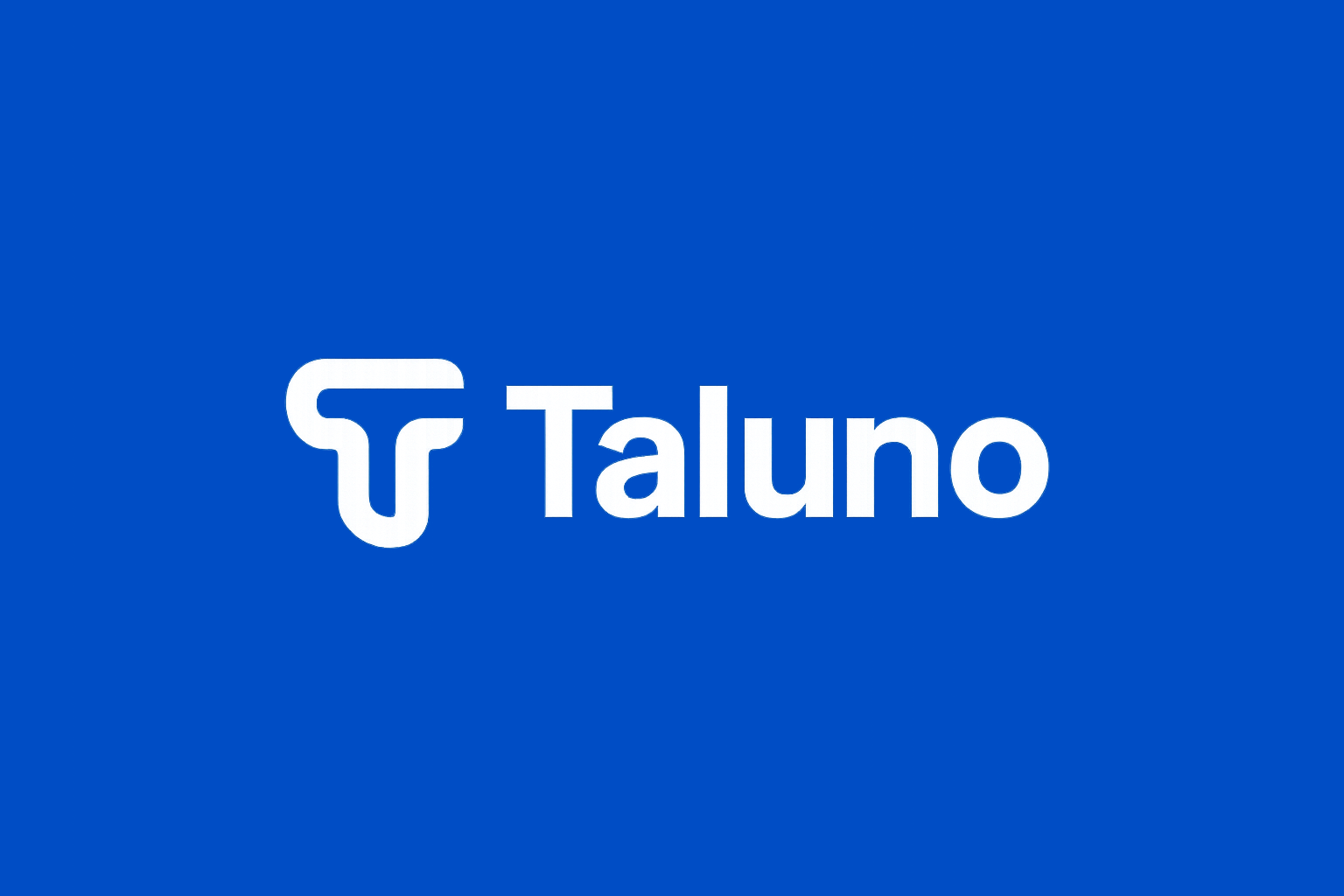
Embracing the 4-Day Work Week: Benefits and Challenges for Employers and Job Seekers
By Urey Mutuale
How the 4-day work week is reshaping productivity, recruitment, and work-life balance
Discover how the 4-day work week trend impacts employers and job seekers—boosting productivity, attracting talent, and improving well-being.
The traditional 5-day work week is being reimagined. Across industries, companies are experimenting with a 4-day work week model—helping employees achieve better work-life balance while maintaining or even boosting productivity. If you’re a job seeker exploring flexible options or an employer hunting for innovative ways to attract and retain top talent, this trend matters.
Understanding the 4-Day Work Week
Models and Formats
There isn’t a one-size-fits-all approach. Common frameworks include:
- Compressed Hours: Employees work four 10-hour days instead of five 8-hour days.
- 80% Workload, 100% Pay: Teams deliver the same output in four days. Employers maintain full salaries to test productivity gains.
- Rotating Schedules: Departments stagger days off to ensure constant coverage.
Which model fits your organization depends on industry, customer expectations, and team dynamics.
Benefits for Employers
- Higher Productivity: Studies show employees focus more when they enjoy a longer weekend. 🚀
- Talent Attraction & Retention: Flexible schedules are top perks—helping you stand out in a competitive hiring market.
- Reduced Absenteeism: Extra rest days translate to fewer sick calls and burnout.
- Employer Branding: Early adopters of the 4-day model often earn a reputation for innovation.
Benefits for Job Seekers
- Work-Life Balance: More personal time improves mental health and family life. 😊
- Focus & Efficiency: Knowing there’s an extra day off can help you prioritize tasks and minimize distractions.
- Well-being & Morale: Longer weekends encourage rest, hobbies, and continuous learning.
- Reduced Commute Stress: Fewer commuting days save time and money.
Challenges to Navigate
- Client Coverage: Ensuring customer support doesn’t dip when teams are off.
- Work Creep: Risk of long days pushing staff to burnout if boundaries aren’t set.
- Coordination: Cross-team collaboration may suffer if days off don’t align.
- Legal & Compliance: Overtime regulations and labor laws vary by region.
Tips for Successfully Implementing a 4-Day Work Week
- Set Clear Goals: Define productivity metrics and align them with business objectives.
- Communicate Openly: Involve employees in planning and gather feedback regularly.
- Phase Trials: Start with a pilot in one department before scaling company-wide.
- Leverage Technology: Use collaboration tools to streamline handoffs and track progress.
- Monitor Well-Being: Check in on work-life balance and watch for signs of burnout.
How Taluno Can Help
Whether you’re an employer seeking to pilot flexible schedules or a job seeker hunting for roles with progressive benefits, Taluno’s AI-powered platform makes the match. ✅
- Employers: Post jobs, highlight your 4-day week policy, and discover candidates passionate about work-life balance.
- Job Seekers: Filter openings by flexibility perks, create your profile, and let AI match you with roles that fit your lifestyle.
Ready to explore the future of work? Join Taluno today and unlock the perfect balance between productivity and well-being.
Discussion Question: What do you think—could a 4-day work week boost your productivity and well-being, or does your industry demand a five-day schedule?
Popular posts :
-
 Green Careers: 5 Proven Strategies to Land a Role in the Sustainability Sector
Green Careers: 5 Proven Strategies to Land a Role in the Sustainability Sector
03 September 2025 12:01 -

-

-
